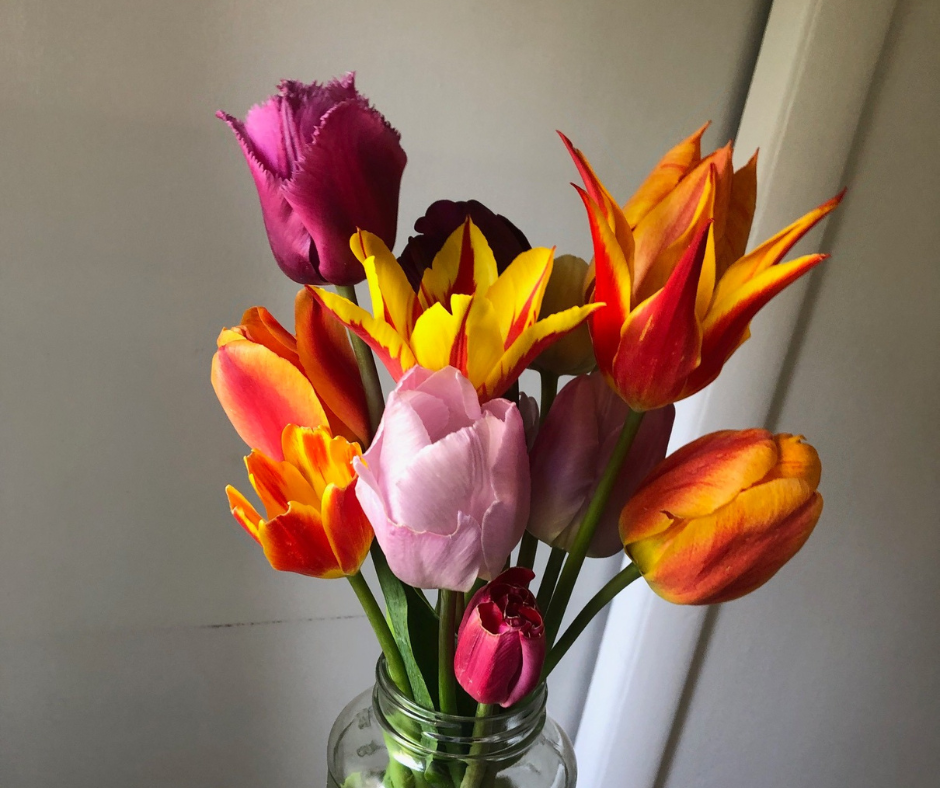Sometimes, the most unassuming beginnings can lead to the most spectacular transformations. This story starts with a pile of dirt and ends with a kaleidoscope of colors.
Back in October, I hand-selected dozens of rare and unique tulip bulbs but found myself without an ideal place to plant them. What I had was a leftover mound of dirt from some extensive plumbing work last summer. The collection I chose was vibrant and unusual—spiky petal tips, ruffled edges, and colors ranging from yellow to burgundy to fuchsia. Textures, colors, and sizes that were simply mind-blowing.
But what if I told you that for most of the time, this vibrant potential looked nothing more than a big, ugly dirt pile? Below, I’ll take you on a six-part photo journey of transformation and explain why it mattered so much.






In the photos above, you can see the plumbing repair that left a tall dirt mound in my front yard. I smoothed it over with a shovel and rake, creating a level surface and installing some garden edging. Then, the mound sat through the fall and winter, until finally, spring arrived. The crocuses popped up in March, and the tulips erupted in April. The bouquets coming from my yard are, dare I say, both fabulous and stunning.
Lessons from the Garden
- Embrace Impermanence: You plant, you water, you cross your fingers, and sometimes, you just end up feeding the squirrels. Hope the crocuses and tulip buds were yummy! It’s all about rolling with the punches and finding joy in the mess and the madness.
- Enjoy the Journey: Look, if you’re just sprinting to the finish line, you’re missing out! Slow down. The joy comes from the process itself—enjoying the fresh air, sunshine, and the act of nurturing.
- Trust the Process. Remember, hope is essential. Don’t give up just because you don’t see apparent change right away. After all, what’s a hero’s journey without a little drama? Keep that chin up. Hope is not just for fairy tales; it’s for the gritty, less glamorous slog through mud to get to the spring bloom.
- Respect the Natural Cycle: Nature has its own rhythm and doesn’t really care about your Google calendar. The bulbs know what they’re doing. Sometimes, you just have to let go and trust the growth process. While we can influence our surroundings, things turn out better when we honor the inner nature that governs every living thing on this planet. No matter how dark or cold the winter might seem, the flowers will bloom come spring.
- Inherent Potential: All the DNA needed for a kaleidoscopic garden of shapes and colors exists in a modest-sized paper bag of bulbs. And guess what? You’re kind of like that bag of bulbs! You already possess all the resources and information you need to get where you’re going. It’s there and it will emerge right on time.
As we reflect on these lessons from the garden, remember that each small effort, every patient wait, contributes to the eventual beauty that unfolds. The same is true for our lives. So, the next time life hands you a pile of dirt, why not plant some bulbs?
